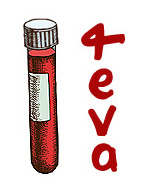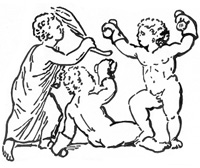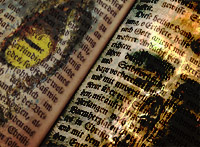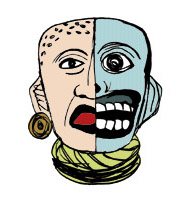The following is the most primitive depiction of Chinese Warfare I have found and it seems to be about 500 years behind the west in terms of methodology, with the men of this period fighting like the chariot lords of 2,000 to 1,000 B.C. Do understand that what doomed those chariot lords were the sea peoples, the scrambling light infantry borne across the Middle Sea in their hollow ships, a force that the Chinese chariots lords did not have to contend with.
Battle by Ch ‘u Yuan
332-295 B.C.?
Finding that he could not influence the conduct of his prince, he drowned himself in the river Mi-lo. The modern Dragon Boat Festival is supposed to be in his honour.
“We grasp our battle-spears: we done our breast-plates of hide.
The axles of our chariots touch: our short swords meet.
Standards obscure the sun: the foe roll up like clouds.
Arrows fall thick: the warriors press forward. [1]
They menace our ranks: they break or line.
…..
The left-hand trace-horse is dead: the one on the right is smitten.
The fallen horses block our wheels: they impede the yoke horses!”
…..
They grasp their jade drum-sticks: they beat the sounding drums.
Heaven decrees their fall: the dread Powers are angry.
…..
The warriors are dead: they lie on the moor-field.
They issued but shall not enter: they went but shall not return.
The plains are flat and wide; the way home is long.
Their swords lie beside them: their black bows, in their hand. [1]
…..
Though their limbs were torn, their hearts could not be repressed.
They were more than brave: they were inspired with the spirit of “Wu”. [2]
Steadfast to the end, they could not be daunted.
Their bodies were stricken, but their souls have taken Immortality—
Captains among the ghosts, heroes among the dead.
Notes
Waley’s translations will be accessed in the three following volumes as a comparative lens into the heroic metaphysics of the Аrуаn way of war in contact with its corrupting bride of Civilization.
-1. The black, horn and sinew composite bow was necessary to lend impact to the mobility of the chariot. This weapon must be made in settled circumstance by sedentary craftsmen. This circumstance wedded the horse barbarian of the steppes to the target of his wrath, the civilized community which had the capacity to arm him. There for these waves of war bands descend upon civilized settings, impose their will, wilt in the soft light of candles in their palaces and are in turn conquered by fresher hordes. This layering s apparent in ancient Hellas with the layering of sky deities: Poseidon [still “breaker of horses” but consigned to the sea], Zeus, Apollo [whose son, Kantor was god of centaurs, indicating horse riding rather than yoking] and Dionysus
-2. Poets down through the singer of Beowulf dedicated their arts to the preservation of this root metaphysics dispersed by martial means along the steppes corridor from Hungary to Manchuria and embodied in such concepts as “Wu” meaning military genius and Arete meaning martial excellence. Wu and Ares both mean war and in the west, Ares or mars is thought less of as a member in the hierarchal pantheon of gods but as something older and grimmer, like a feral step-brother to the gods and goddesses.
Masculine Axis: A Meditation on Manhood and Heroism











